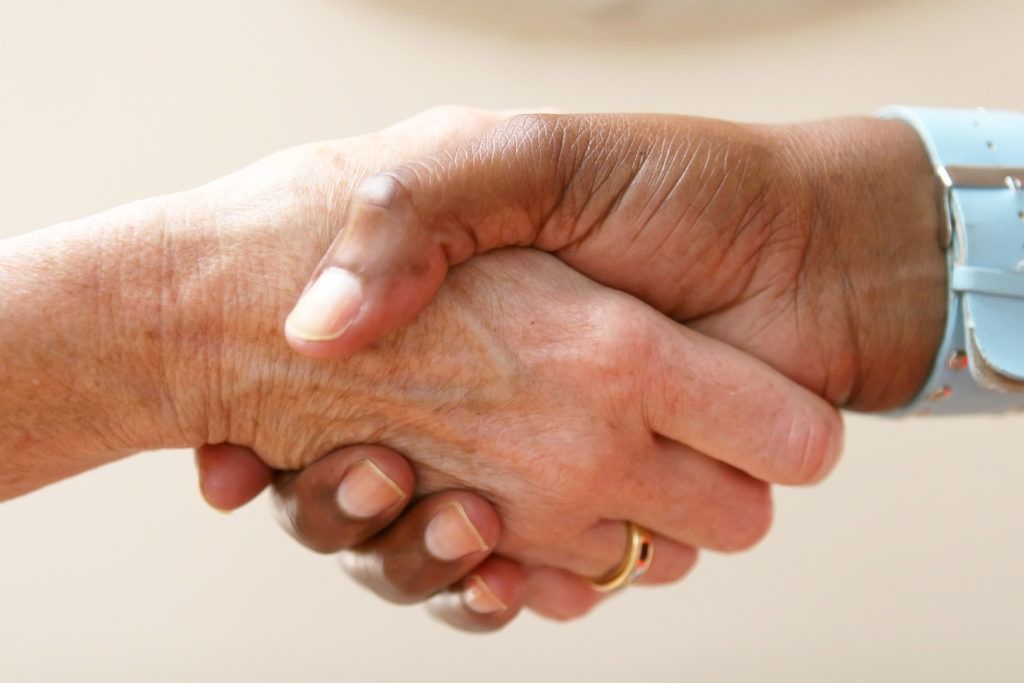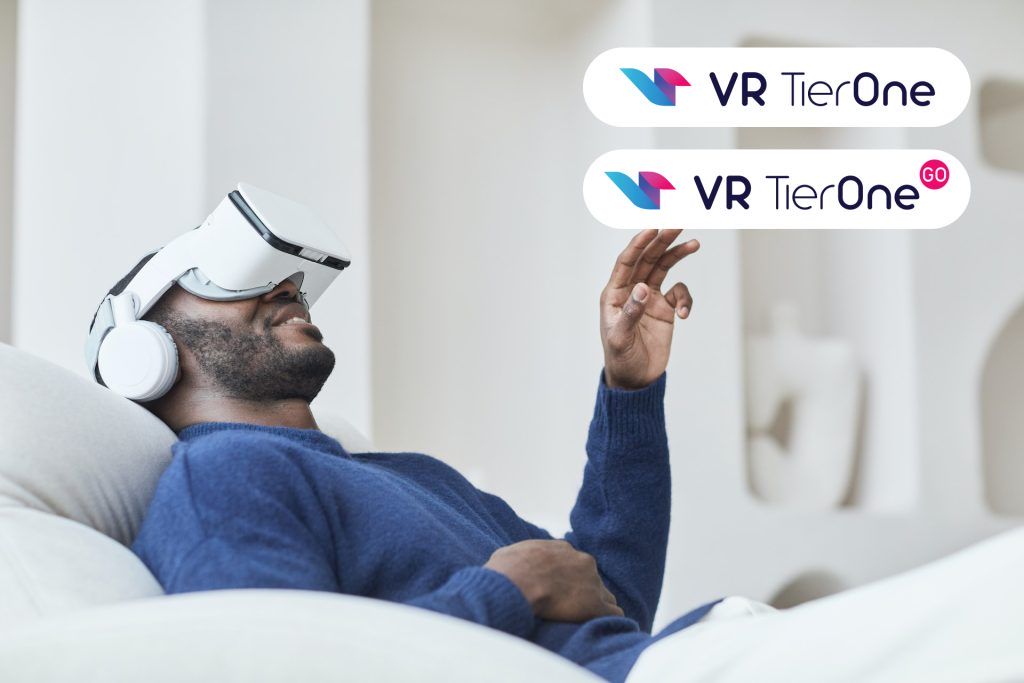For physicians, being able to relate with their patients and communicate correctly with them can pose a challenge. Contact with patients requires not only long-acquired biomedical knowledge, but also knowledge of interpersonal relationality. What is required to work with patients, in addition to substantive preparation and specialist skills, are also soft skills such as communication skills. Interpersonal skills are a necessity in the service sector, and healthcare is no exception here.
Although in emergency situations we need doctors as specialists in spectacular remedial medicine, for most of our lives we expect a doctor to be a professional consultant, our advisor and guide in the event of an illness. Satisfaction with the results of the undertaken medical activities and the recovery process is significantly influenced by the correct communication between the doctor, patients and, if necessary, with their families. The principles of good communication with the patient applies not only to doctors, but also to all medical staff, who have direct contact with the patients.
Right to information
A disease causes stress, which is exacerbated by the discomfort associated with the need to stay in the hospital, contact with the medical staff, and the emergence of many unknowns about the prognosis and the type of therapy selected. One of the main hospital stressors mentioned by patients is the lack of knowledge about their health condition, the lack of information about the applied and possible treatment options and the expected time of convalescence. Although the right to information about patients’ health condition is guaranteed by the Patient Rights Charter, the way in which information is provided is of utmost importance for the effectiveness of treatment. The patient is the subject of all medical activities, and not a medical case devoid of feelings.

Communication model
What is of utmost importance in the treatment of chronic diseases and in long-term rehabilitation, is to involve the patients and their families in the recovery process. For this to take place, one needs to know and use an appropriate model of communication between the doctor – patient or doctor – patient – patient’s family. What is deemed to be the contemporary model for the doctor-patient relationship is the partnership model. Communication in this model is bidirectional, which means that both sides talk and both actively listen to each other. In communication in the partnership model, the relationship between the body and the mind is taken into account, and the disease is considered on many levels – biologically, mentally and socially. Technological advances and wide access to information, made the society’s awareness of health and disease increase, as it did with the knowledge concerning the existing options and methods of treatment. The patient is no longer passive and the physician assumes the role of a professional adviser. The model of the authoritarian relationship in which the role of the doctor is dominant and dictating, and paternalistic – as limiting the patient’s autonomy and not conductive to building trust is being abandoned. Relations between the doctor and the patient with the participation of the family are called the cooperative or system-partnership model. Such a relationship is necessary in the case of the patient’s dependence on the family, the impact of a chronic disease, e.g. a stroke affecting the functioning of the family, when relatives assist, support and influence the patient’s decision.
Cooperation
Good communication requires commitment, emotional closeness and empathy. The ability to talk about your illness and ask the therapist questions builds trust. Being polite in no way deteriorates your competence as a doctor or physiotherapist. It is perceived positively by the patient and increases the willingness to cooperate and motivation for rehabilitation. The correct communication between the doctor and the patient allows for the development of a favourable relationship of understanding known as concordance. As the co-participant in the treatment process, the patient becomes responsible for the effects of the treatment. Cooperation makes the patient an active party that the recovery process also depends on. The patients are more eager to involve in treatment if they have can influence it and experience their own driving power.

Good word
Proper communication with the patient should change negative emotions into positive ones. With just a good word, a nurse or doctor can support the patient, give hope, motivate and encourage to cooperate for health. It is worth noting that patients are particularly sensitive to the words that come from the mouths of specialists who deal with them. Doubts concerning the potential success of treatment expressed in the presence of the patient can block the progress of recovery and become a negative self-fulfilling prophecy. Adequate communication of all those, whose objective is to care for the patient’s health, promotes regulating emotions, and reducing anxiety. It allows the patient to engage in therapy more easily and perform the recommended exercises. Every patient experiences the disease in their own, specific way. Many of them require mental support. Lack of time to build a relationship with the patient may limit contacts to the necessary formalities and instrumental activities. Faced with many duties, the medical staff often does not pay sufficient attention to the mental needs of their patients. They communicates with them in a hurry, casually and unilaterally. Leaving the patients and their families in ignorance and anxiety.
Nonverbal communication
Communicating with the other person isn’t just about words. It also entails non-verbal communication. Milton Elickson, a psychiatrist on basis of whose achievements the VT TierOne therapy was created, noticed the importance of non-verbal communication in the healing process. Even when the patients do not receive any verbal messages from the doctor, they receive such from his body language. The consistency of the message in both verbal and non-verbal channels determines whether it will be perceived as a credible, empathetic and trustworthy person. Gestures, facial expressions, voice, movements, external appearance, body position during the conversation, distance between the interlocutors and the space around all affect the course of communication. Some medical centres attempt to communicate with the patient in a certain positive way from the very first moment. A polite receptionist, medical staff dressed in colorful protective clothing, well-designed information leaflets are means that can support the message of a doctor or psychotherapist. Such reinforcements of the message should be used to develop a beneficial relationship and therapeutic effect.

Compliance with recommendations
Understanding and working out a therapeutic plan together is not everything, it still has to be followed by the patient. Observance of therapeutic recommendations is also known as adherence. Data from the WHO publications indicate that as many as half of the chronically ill patients fail to implement the therapeutic plan. In order to improve adherence , one must motivate to the therapy and convince about its importance. The inclusion of the VR TierOne solution in the therapeutic process helps to motivate the patient to therapy and rehabilitation, reducing the risk of the unfavourable phenomenon of non-adherence. Caring communication with the patient has a huge impact on the healing process. Good communication with the patient equals good cooperation, high probability of compliance with therapeutic recommendations, greater effectiveness of treatment and recovery. Effective communication of medical staff with the patient forms the basis of therapeutic success that gives meaning to the actions and satisfaction to all parties to that relationship.






